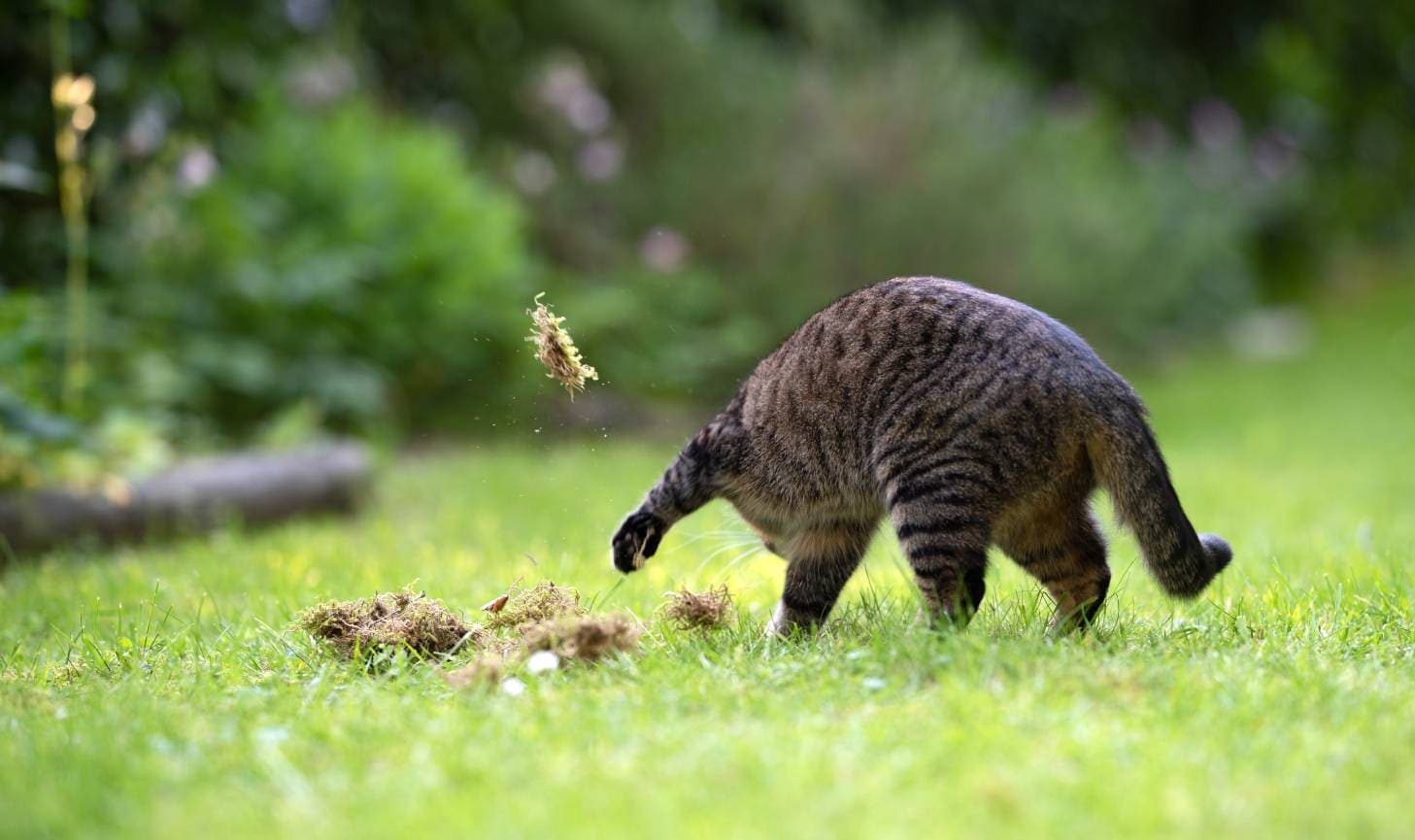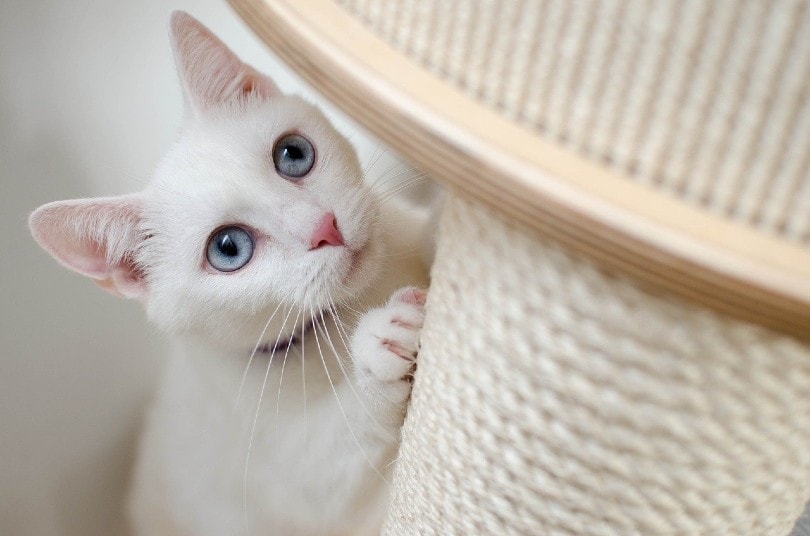Can Cats Eat Jelly (Jam)? Vet-Reviewed Facts & Safety Guide
Updated on
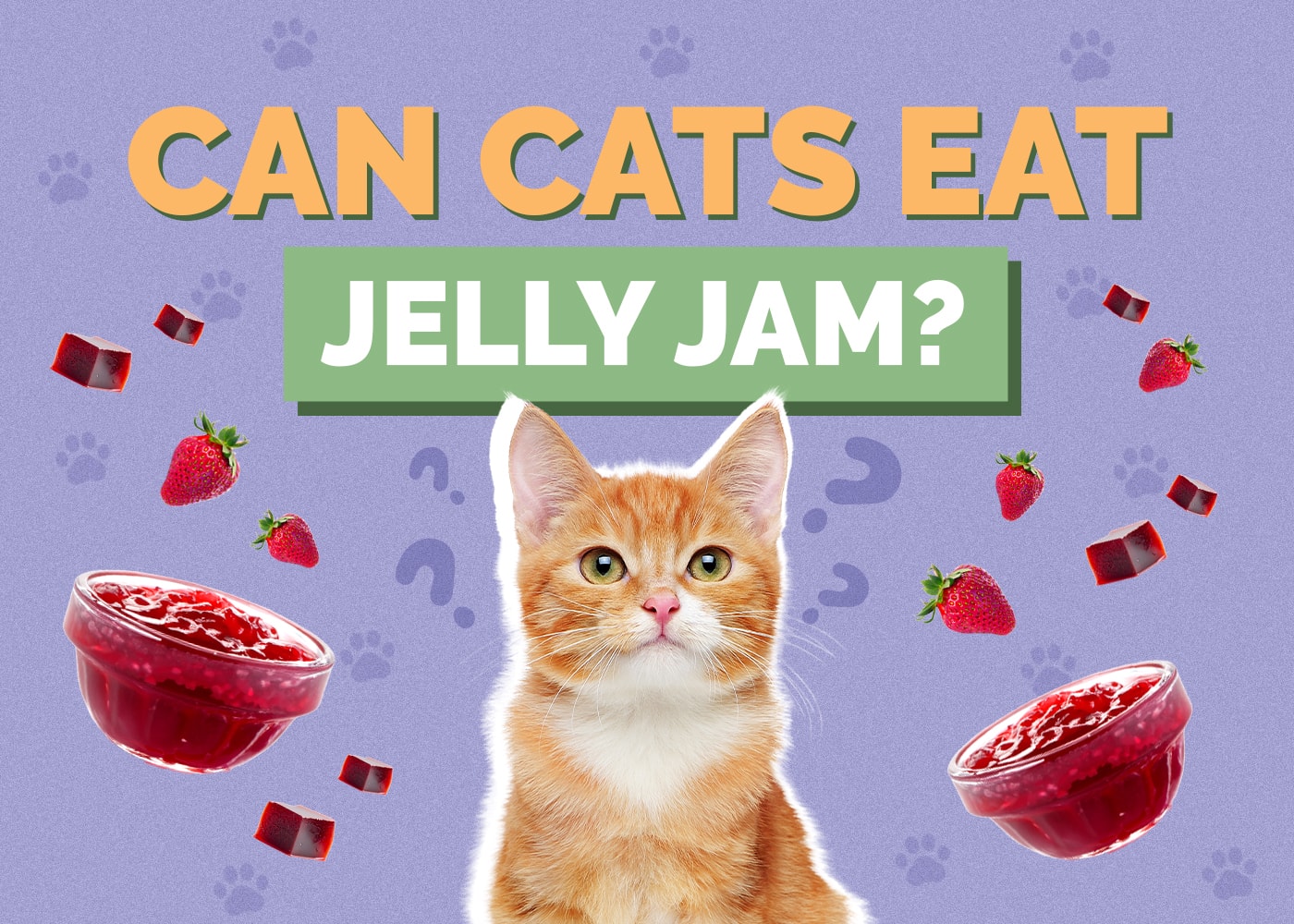
Cats (especially kittens) often let their curiosity get the best of them when it comes to new foods. If you’re eating toast or making a sandwich with jelly on it, you may find your cat trying to sneak a lick of it. That leads you to wonder whether cats can eat jelly or jam?
Cats can eat jelly or jam (except for grape flavors), but that doesn’t mean that they should. While most types of jelly won’t cause any harm to your cat (especially in small moderations), it isn’t good for them either. In this article, we’ll answer all your questions about cats eating jelly or jam.
Do Cats Like Jelly?
For starters, it’s worth noting that if you’re worried about your cat eating jelly on a regular basis, it probably won’t happen. Most cats probably don’t even like jelly, considering that they are carnivores that prefer meat over anything.
With that being said, your cat may be tempted to taste jelly just out of curiosity to see what it is. It’s very likely that they won’t like it, especially because of the taste and texture. But there are always exceptions, and you may find that your cat actually does like jelly.
Why did we feel the need to mention that? It’s because if your cat does like jelly, that’s when you need to watch them more closely if you eat jelly a lot. Although most types of jelly or jam aren’t necessarily toxic to cats, they can make them sick if they eat too much or the wrong kind of jelly.
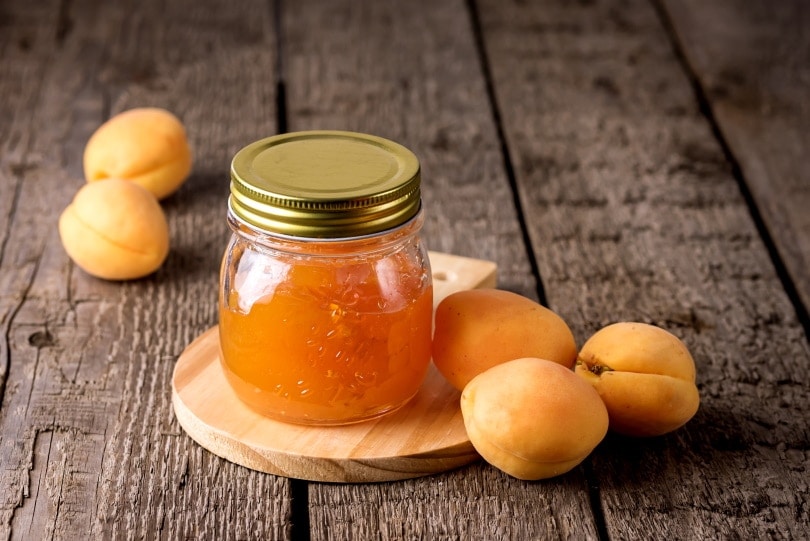
Is Jelly Bad for Cats?
In moderation, jelly is not bad for cats. However, there are a couple of reasons that it shouldn’t be given to cats on a regular basis and that they shouldn’t eat too much of it.
The first reason is that jelly does not contain any essential nutrients for a cat. Since felines are carnivores, nutrients such as proteins and fats are vital parts of their diet. Most of these nutrients are found in your cat’s normal cat food or in any meat-based foods that you feed them.
Jelly is made primarily of fruit, and although fruits do contain some protein, that amount is usually much less than what meats and even vegetables provide. Fruits also contain vitamins and minerals. Although cats do need these micronutrients, they can also be found in cat food, which means that your cat doesn’t necessarily need extra.
Fruit is mainly a carbohydrate source, and cats need to keep carbs at minimum levels in their diet. Also due to being made from fruit, jellies and jams are also high in sugar. Too much sugar is bad for cats, especially if your cat already has a health condition such as diabetes. If your cat eats too much jelly at once or they eat it too often, it can cause them to become sick.
How Much Jelly Is Safe for Cats?
If your cat has a lick or two of jelly off of your toast (or attempts to clean up jelly that you’ve spilled), it’s usually not a cause for concern. With that being said, it’s hard to determine how much jelly is safe for cats because it entirely depends on the type of jelly.
There are many different flavors of jelly and jam, some of which are worse for cats than others. But no matter what type of jelly you have, it should not be given to your cat every day or even every week due to the high sugar content and it having no nutritional value.
A general rule to follow is that it’s fine if your cat has a couple of licks of jelly, but it should never be purposefully given to them as a snack or treat. If you’re concerned about the amount of jelly your cat has eaten, keep an eye on them to check for signs of gastrointestinal distress or illness.
Are Some Types of Jelly Safer for Cats Than Others?
Although most jelly in small amounts is not likely to cause any harm to your cats, there are some types of jelly that may be more cause for concern than others. It entirely depends on what type of fruit the jelly is made of, as there are some types of fruits that are safer for cats than others. Let’s look at some different varieties of jelly to determine which ones are safer and which ones you should watch your cat more closely after eating.
Grape Jelly
Grape jelly or jam should never be given to cats under any circumstances. Grapes contain a toxic substance that can cause kidney failure in dogs and potentially in cats too, especially in large quantities. That said, we do not know exactly how many grapes or raisins that it takes to cause issues in a cat. In any case, it’s a good idea to keep a close eye on your cat after they eat grape jelly. Take your cat to the vet at the first sign of illness.

Strawberry/Blueberry/Blackberry Jelly
Strawberry, blueberry, and blackberry jelly or jam are all safe for cats to eat in moderation. They aren’t known to be poisonous or contain toxic substances of any kind. However, they are high in sugar, especially strawberries. So again, jellies and jams made from these fruits shouldn’t be given to your cats on a regular basis.
Apricot Jelly
Although the pits of apricots contain cyanide, jelly that is made from apricots should be safe for cats in moderation. But again, apricot jelly is high in sugar because, in addition to the fruit having sugar, it is also used to sweeten the flavor of the jelly. Avoid giving your car apricot jelly on a regular basis.
Sugar-Free Jelly
We mentioned that one of the reasons that jelly is bad for cats is due to its high sugar content. So, what about sugar-free jelly or jam? Is it safer for cats to consume? It may come as a surprise that the answer is no.
Although sugar-free jelly does not contain sugar, it does contain sugar substitutes which are necessary for flavor purposes. Oftentimes, these sugar substitutes are more harmful to pets than sugar itself.
Some examples of sugar substitutes used in jelly, jelly-like snacks, and other gummy foods are xylitol, sorbitol, aspartame, etc. Xylitol is dangerous to many pets. It is known to be toxic to dogs, and while we do not yet have enough information about how it affects felines, we still don’t recommend giving it to your cat. Although sorbitol and aspartame aren’t as dangerous, they can still cause digestive issues and discomfort for your cat.
Again, even a lick or two of sugar-free jelly isn’t likely to hurt your cat. But don’t think that giving your cat sugar-free jelly regularly is okay. Depending on what artificial sweetener was used to make the jelly, it could end up causing more harm to your pet.
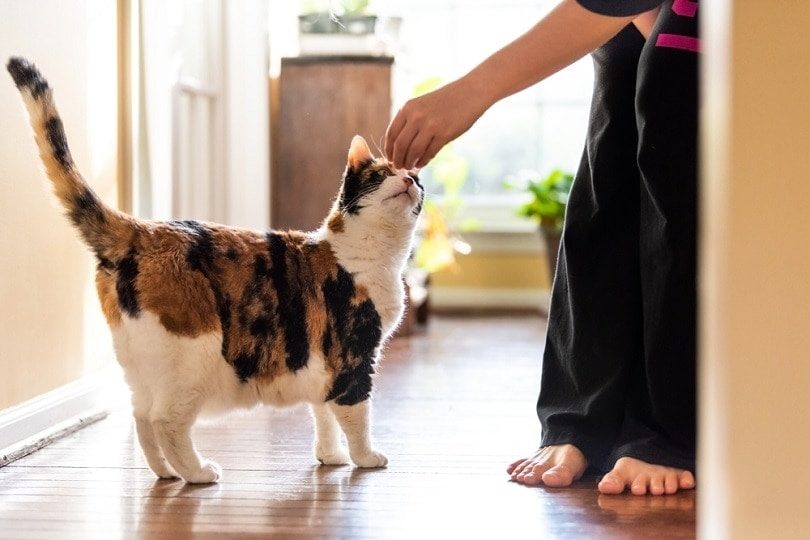
What Happens If a Cat Eats Too Much Jelly?
The most likely issue that your cat will experience if they eat too much jelly is digestive problems. These issues stem from the fruit and sugar in the jelly, which can cause problems such as intestinal irritation, gas, and even diarrhea and vomiting.
The good news is that eating too much jelly one time usually won’t cause any long-term problems for cats. But, eating jelly too often (and other sugary foods) could cause your cat to become overweight, making them more likely to develop other conditions, such as diabetes.
Unless your cat eats too much grape jelly or sugar-free jelly, it isn’t likely to result in death. However, it could be more dangerous for cats with certain medical conditions, including cats that already suffer from diabetes.
The bottom line is that if you suspect that your cat has eaten too much jelly and seems sick, it’s a good idea to see a veterinarian. Even if the jelly was made with a fruit that is safe for cats in small amounts, you don’t want to take any chances when it comes to your pets.
Now that you know what you can safely feed your cat, it’s just as important to find a bowl that supports their health and well-being. With whisker-friendly bowls and a wide tray to catch any spills, our Hepper NomNom Cat Bowl is our favorite option.
- NO MESS - The 360° tray on this cat food and water bowl set has a raised design to catch and...
- WHISKER FRIENDLY - Shallow and wide metal containers with flat bottoms ensure your kitty can enjoy...
Final Thoughts
Cats can eat certain types of jelly and jam (most varieties besides grape, which should be avoided), and if your cat has a tiny taste of some jelly or jam, it’s not likely to cause any harm. They probably won’t even like it anyway. But if they do like it, you should not feed it to them regularly. It isn’t nutritional for cats and contains too much sugar, which can end up making your cat sick in the long run.
See Also:
Featured Image Credit: Michal Jarmoluk, Pixabay




